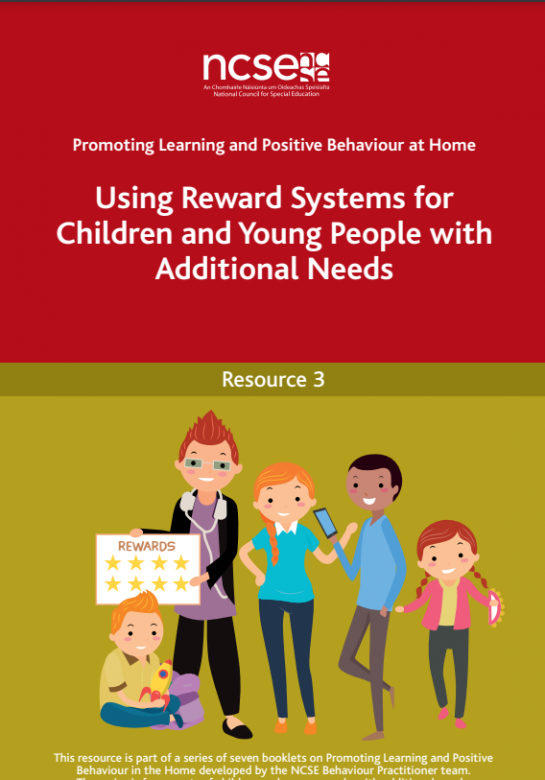Terrific Transitions Part 3 ; Simple Classroom Strategies to support Positive Behaviour
Published on
Choice Boards
Choice Boards are a great way to give children the opportunity to make choices about what order to do activities and or which preferred activities they would like to do throughout the day. Allowing children to make choices gives them a sense of agency and independence in busy active classrooms.
The video below, from Wandsworth Autism Advisory Service clearly explains what choice boards are and how to use them.
First Then Boards
A First Then Board can be used in conjunction with a Choice Board. A First Then board helps children to understand that if they "do this" (harder activity) first, then there will be a nicer activity or a reinforcing activity that they may choose from their choice board. Children are more likely to engage happily with classroom activities, if they feel there is an element of choice and an element of something nice happening for them throughout the day. The regularity of the then activity can be spaced out over time as children settle in to the classroom environment.
The video below, from Wandsworth Autism Advisory Service explains how to implement a First Then Board.
Reward Systems
First Then Boards can be extended into reward systems, that can operate throughout the day. Reward systems, may not always be desireable to use over the long term, however they are very helpful when supporting children to settle in to the classroom environment during an initial transition period.
The National Council for Special Education (NCSE) has developed a very helpful booklet on implementing reward systems. The booklet was originally developed for parents during COVID, however the advice and guidance within the booklet will apply to classroom based reward systems.

This short video below from the Middletown Centre for Autism also describes "how to" implement a reward system in the classroom.
If you require further information check out our articles on Terrific Transitions
Terrific Transitions Part 1 : Introduction
Terrific Transitions Part 2: Communication Strategies for Early Education Settings
Terrific Transitions Part 4 : School Based Sensory Strategies.
Our "Terrific Transitions" checklist is available here.